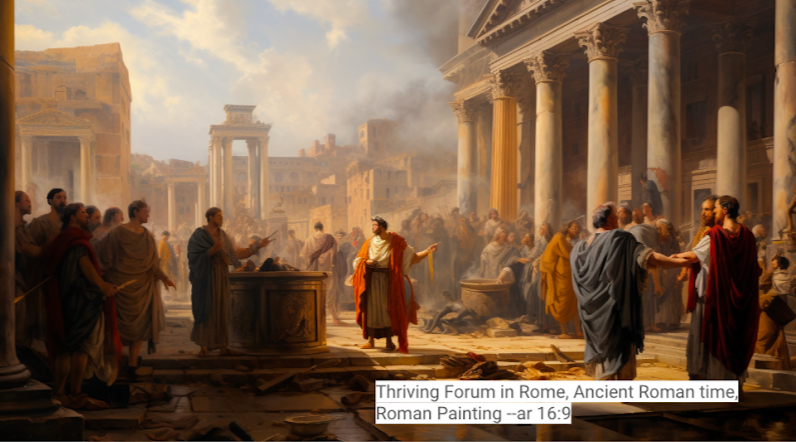As history content creators, we spend a lot of our time looking back at past events and stories that speak to the moment today. But as digital natives, we spend an equal amount of time looking forward… always looking for the next big video format or the latest tools that we can use to tell these stories in ways that will engage people of all ages.
For the last few years, the format in question has been vertical short-form video, popularised on TikTok before spreading to YouTube Shorts and Instagram Reels. This famously short-attention-spanned format provided us with both a challenge and an opportunity. The challenge: How do we get people to watch history content on a platform where people are ready to scroll on with the flick of a thumb?
But the opportunity, thanks to the fleeting nature of said content, was one of experimentation. After all, if people are scrolling through hundreds of videos a day, who will remember a video where we took a swing, and it didn’t quite work?
This freedom to experiment turned Absolute History and Shiver Dark History (our key brands in the vertical video space) into a sandbox for our team of editors’ creativity. Very soon, our videos filled up with animations and creative use of archive materials, and started to reach hundreds of thousands, and often millions of people.
While this process developed and our team became more adept at animating still images into fun history videos, generative AI was on its meteoric rise, with MidJourney, in particular, dramatically improving its output.
Before we started using MidJourney, the editor would have to search for archive imagery needed to tell their story, a process that could prove quite difficult and time-consuming. The news of a tool that could generate artwork from a prompt was a welcome development.
The first video we published, made entirely with MidJourney-generated images, was Crime & Punishment in Tudor Britain. Every character and background within the video were AI, and by using prompts specifying art styles such as "Medieval Manuscript Illumination" or "painting by Hans Holbein, we were able to generate the perfect kit of assets needed to tell our story.

Without compromising aspects such as a person's look or body position, with a well-crafted prompt, we would be able to generate a bespoke Tudor-era person ready to be the star of our video.
Crime & Punishment In Tudor Britain turned out to be a roaring success, spawning a 10-episode run of Crime and Punishment, visiting the Ancient Egyptians, Aztec Empire, Feudal Japan and many more periods of history, each time leaning into the art style of the era, no matter how limited the availability of surviving artwork was from that era (a frequent headache for history creators).

The Results: Huge Audience Engagement
The series, comprising 10 episodes, garnered astonishing results:
- 130 million views across YouTube and TikTok
- Average of 13 million views per episode, 10x the channel average
To put this into context, the graph below tracks the average 30-day viewing of our animated vertical content before and after we started using MidJourney.

In summary
So, the big question… Did this process save us a ton of time and reduce the amount of ‘human’ work involved? Not really - and that wasn’t our intention. The research still had to be done, the scripts written, and even the assets generated using MidJourney still needed to be rigged and animated by an editor to get to the final video.
What it did provide, though, was the ability to level up the content that we were creating, allowing us to build our own visual language and style of storytelling that we would have struggled to achieve with the resources we had to hand.




